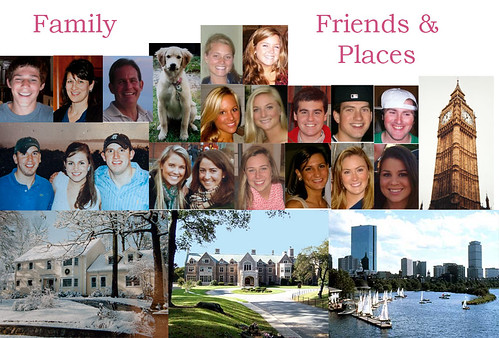
During Thanksgiving break I went to see a few different photography exhibits at the Museum of Fine Arts in Boston. One of the featured artists was Nicholas Nixon whose series of photos was titled Family Album. As a collection, these images depicted members of his family including his two children Sam and Clementine, his wife Bebe and her two sisters. Throughout the collection Nixon is pictured in some of his images and in others his shadow is present within the frame. All of his images were taken with a large-format view camera and were printed as gelatin silver contrast prints. The images ranged in size from larger matted prints to smaller framed prints grouped together. One of the main groupings of images is called “The Brown Sisters”, a series of 36 images all depicting Nixon’s wife Bebe and her three sisters standing together. The four women were photographed annually since 1975, standing together in the same order and embracing each other. As a whole, this series is very dramatic to look at because there is such continuity throughout it, but still slight variation in pose and expression. The images evoke a sense of time and change and with each one the women the viewer can see a change in gaze and body language. I really like the concept of this series because it represents something that many families may do for their own posterity, but as an art piece it really draws the viewer in to notice small details. Unlike these images, many of Nixon’s other photographs in the exhibit were more varied in their subject and framing. Some images showed a loving embrace between him and one of his children shot from a very close angle, whereas others would show someone’s hands or feet or laughing smile. Overall the exhibit is very exemplary of Nixon’s devotion to his family both as a husband and a parent. Whether or not he is pictured in every one of the images, his evident shadow represents his presence in the children’s lives.



